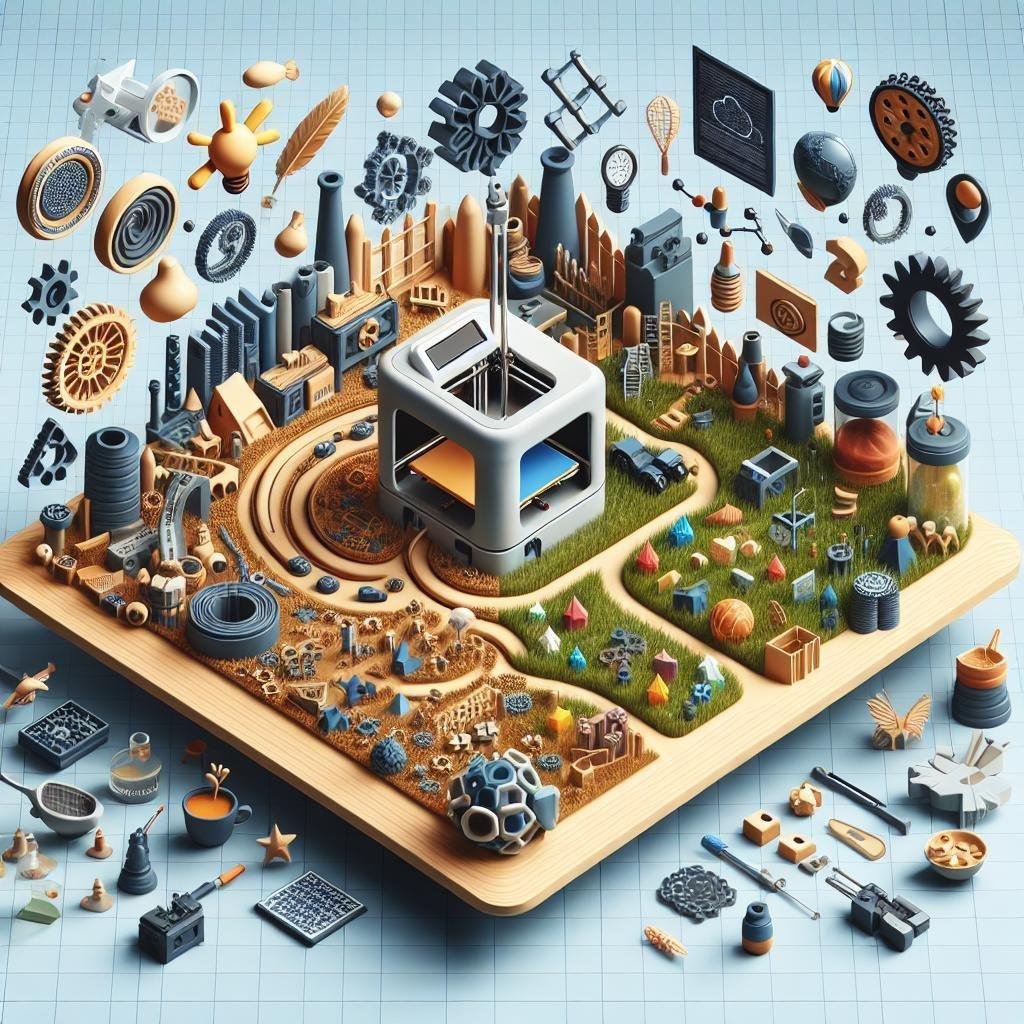Imagine sitting around the table with your friends or family, the anticipation of victory hanging in the air. The board game you’re about to play isn’t just any game you’ve picked off a store shelf—it’s one you’ve meticulously designed, tailored to the quirks of your crew, and brought to life with your own 3D printer. Welcome to the exciting blend of innovation and creativity where the magic of board gaming meets the cutting-edge technology of 3D printing. In this article, we’ll embark on a journey to unleash your inner game designer, guiding you through the whimsical world of crafting your own 3D printed board games. Whether you’re a DIY enthusiast or a gaming aficionado, prepare to transform your ideas into tangible, game-night realities, and let your imagination lead the way!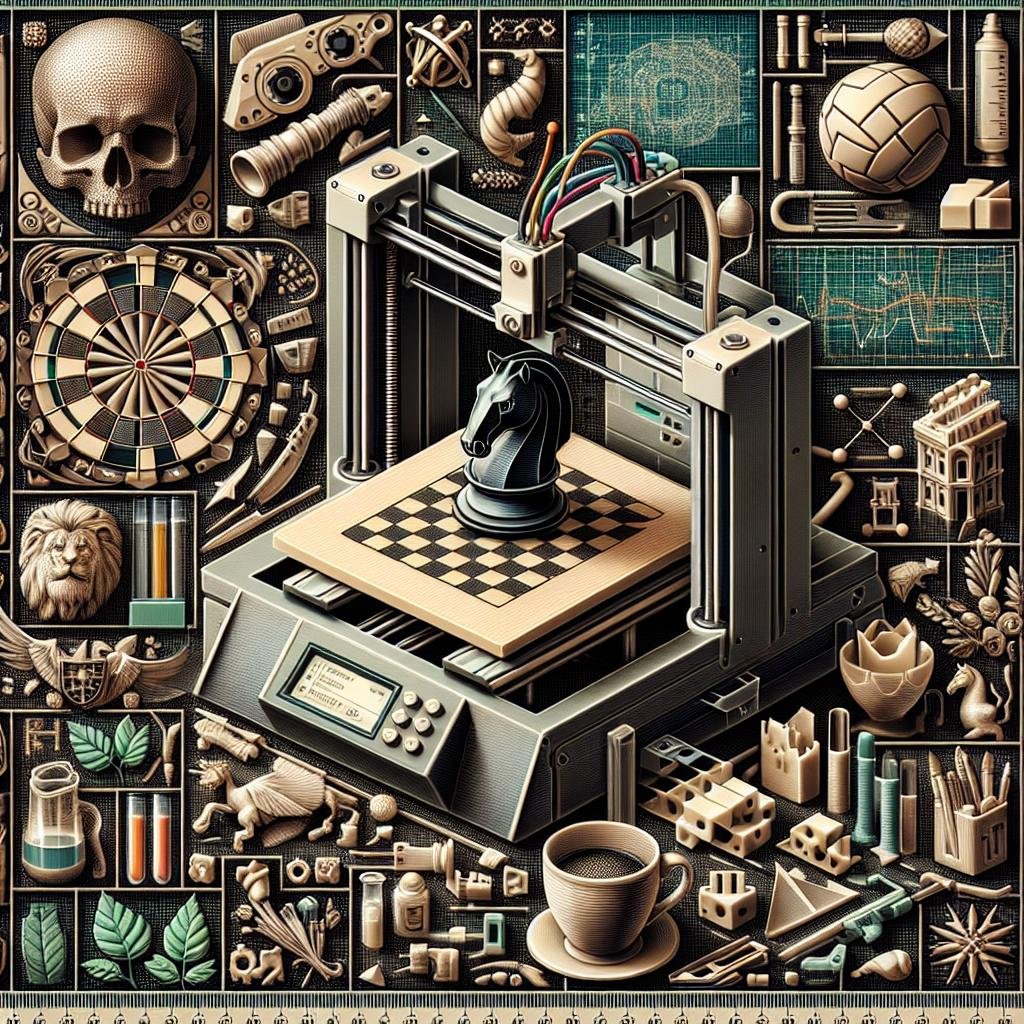
Unleash Your Imagination Crafting Unique Game Pieces
Embark on a thrilling journey into the world of crafting your own board game pieces with the innovation of 3D printing. It’s not only a fun hobby but also a gateway to endless creativity. Imagine stepping into a world where your wildest game ideas come to life at the tip of your fingertips. Begin by brainstorming unique game mechanics, colorful characters, or epic landscapes. Sketch your ideas, visualize your concepts, and bring them to life in 3D modeling software. For those who need a little help, platforms like Tinkercad or Blender offer an extensive array of tools to guide you in transforming your sketches into digital masterpieces ready for printing.
Once your models are ready, it’s time to get printing! Choosing the right filament is crucial—consider options like PLA for its ease of use or ABS for durability. Experiment with different colors and finishes to give each piece a real personality. If you’re feeling particularly adventurous, try mixing materials or using special effect filaments that glow in the dark! For extra flair, layer your creations with hand-painted details or add stickers and decals post-printing. Below is a simple table to help you choose the right approach for your project:
| Goal | Recommendation |
|---|---|
| Durability | Use ABS filament |
| Color Variety | Try multiple PLA colors |
| Unique Textures | Experiment with special filaments |
| Personal Touch | Hand-paint details |
Unleash your boundless creativity and have fun making a board game that is truly yours, both in design and spirit.
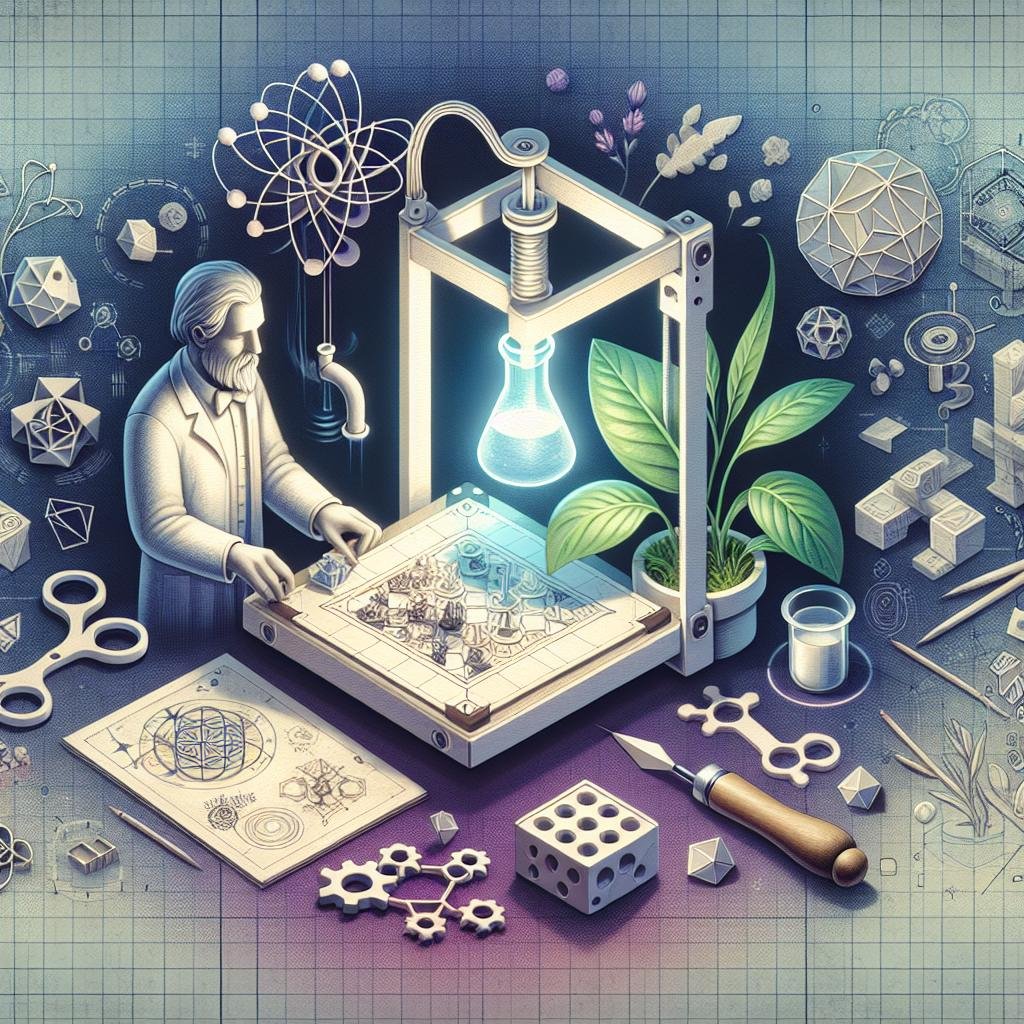
Mastering the Art of Board Design with 3D Software
Delving into the world of 3D board game design opens up a realm of endless possibilities. With modern 3D modeling software, you can bring your imaginative ideas to life, creating pieces that are not only visually stunning but also highly functional. Start your journey by choosing the right software platform, such as Blender, Tinkercad, or Fusion 360, each offering a range of specialized tools to enhance your design experience. Once you’ve got the hang of the interface, dive into some essential features: experiment with various textures to bring unique aesthetics to your game board, or explore the versatility of parametric modeling to easily tweak and adjust designs. Remember, the key to distinguishing your creation lies in personal touches—whether it’s a fantastical medieval landscape or a modern-day metropolis, the only limit is your imagination.
Before you immerse yourself entirely in design, ensure you address key factors for a successful print. Focus on determining the ideal scale and detail for each component. Critical questions arise: Will the pieces be handled frequently? Should they be color-coded or textured to convey specific game mechanics? It’s beneficial to keep some considerations in mind:
- Weight and Balance: Choose materials and infill settings carefully to avoid toppling game pieces.
- Connection Points: For modular designs, ensure parts fit and snap together seamlessly.
- Durability: Opt for robust materials like PLA or ABS for frequently handled components.
| Software | Key Feature | Complexity |
|---|---|---|
| Blender | Advanced Texturing | High |
| Tinkercad | User-Friendly Interface | Low |
| Fusion 360 | Parametric Design | Medium |
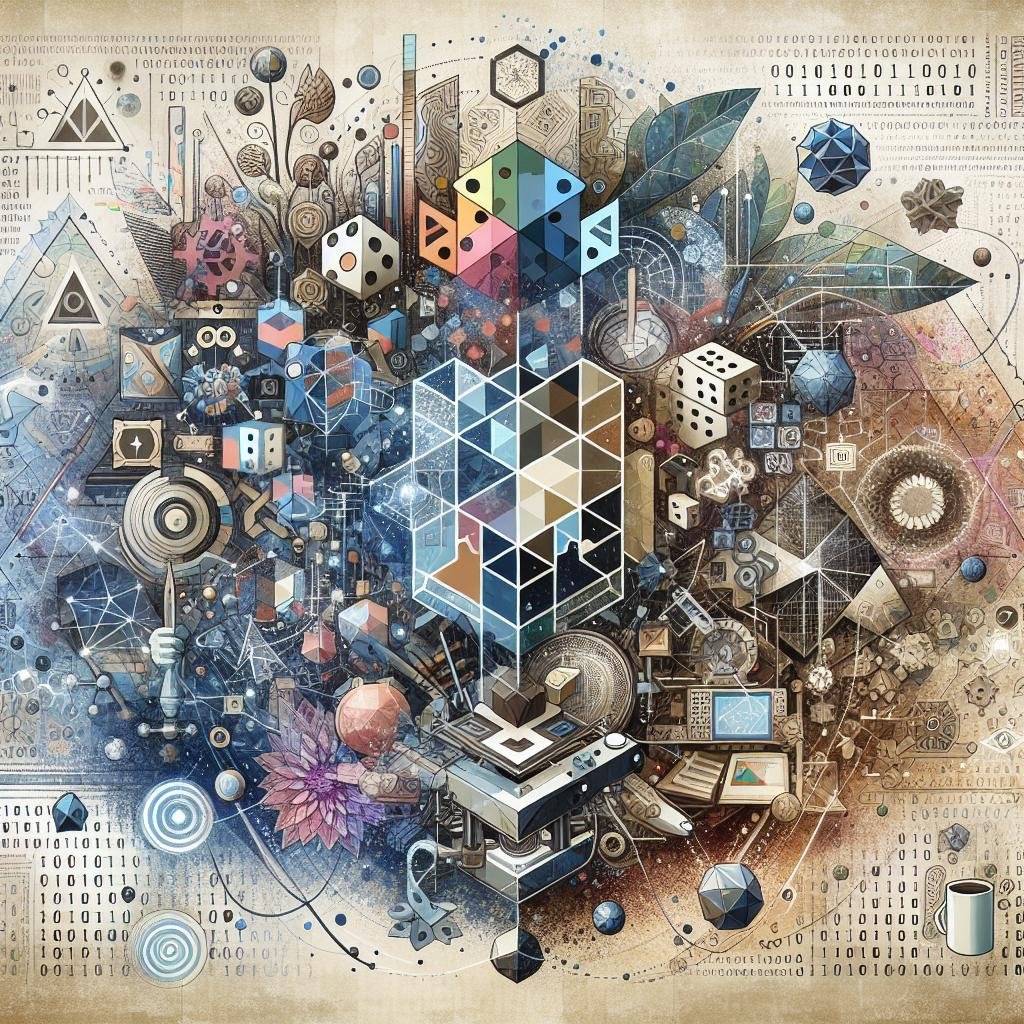
Selecting the Right 3D Printer and Materials for Your Game
Choosing the perfect 3D printer and materials is crucial for crafting quality board game components. Fused Deposition Modeling (FDM) and Stereolithography (SLA) are two popular 3D printing technologies you’ll want to consider. FDM is ideal for beginners due to its affordability and ease of use, offering a wider range of material options like PLA and ABS. On the other hand, SLA printers are renowned for their precision and smooth finishes, perfect for intricate miniatures and game pieces. However, with SLA, you’ll be using different resins, which might demand careful handling and post-processing.
When it comes to selecting materials, think about the durability and flexibility required for different game elements. Consider the following options to enhance your gaming experience:
- PLA: A biodegradable option that’s easy to use and available in various colors.
- ABS: Known for its strength and impact resistance, great for pieces that will be used frequently.
- Resins: Offers exceptional detail, suitable for those decorative or complex figurines.
To achieve the best results, ensure a balance between printer capability and material properties, pairing them wisely with the specific needs of each game piece.
| Technology | Best For |
|---|---|
| SLA | Highly detailed figurines |
| FDM | Strong and basic components |
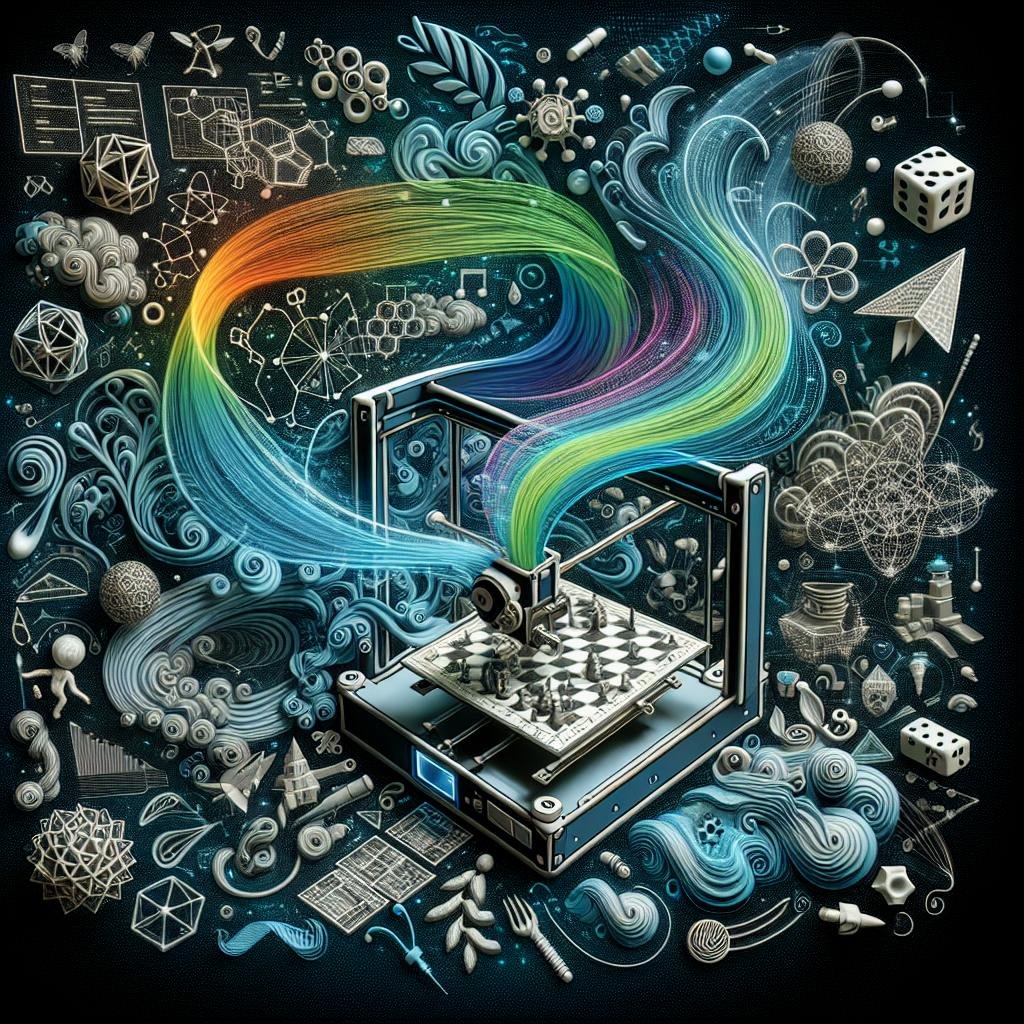
Bringing Your Game to Life Tips for Perfecting the Print
Embarking on the journey of crafting your own 3D printed board game can be both thrilling and challenging. To ensure your game pieces vividly pop on the board, embrace the power of detailed design. Start with precision in detail, focusing on the features that make each game component unique. The finer the details, the more engaging your game becomes for players. Pay special attention to scale and proportion, ensuring each piece is comfortably sized for handling and visually harmonious when placed together. Dive deep into the world of texture by incorporating different surface patterns and finishes that can add dimension to your prints.
- Material Selection: Choose the right filament that complements the tactile and aesthetic needs of your game.
- Color Harmony: Use a palette that enhances the theme and excitement of the gameplay.
- Prototype Iterations: Don’t shy away from producing multiple versions to refine your components.
Once your prints are ready, post-processing becomes the magic touch that turns a good game into a masterpiece. Consider options like smoothing out the surfaces with sanding or adding a splash of color with paints. Integrating decals or stickers for intricate designs can also elevate the look of your game. For those keen on offering a premium experience, a glossy coat of sealant can provide that satisfying sheen which catches the eye. Assembling these refined pieces on the board should feel seamless and fulfilling.
| Common Material | Benefit | Drawback |
|---|---|---|
| PLA | Easy to print | Brittle |
| ABS | Heat-resistant | Produces fumes |
| PETG | Strong & flexible | Prone to stringing |
Q&A
Article Title: “Craft Your Own Fun: How to Create Your 3D Printed Board Games”
Q: What is the first step in creating your own 3D printed board game?
A: The first step is to conceptualize your game idea. Think about the theme and objective of your game. Will it be an adventurous quest, a strategic battle, or a whimsical realm of fantasy? Once you have your ideas, sketch them out and start envisioning what components you’ll need.
Q: How do I design pieces suitable for 3D printing?
A: Designing game pieces requires a blend of creativity and digital skill. Use design software like Tinkercad, Blender, or Fusion 360 to draft your pieces. Keep the design simple, especially if you’re new to 3D modeling. Focus on basic shapes at first, then add details as you become more comfortable. Remember to consider the size and functionality of each piece.
Q: What materials are best for 3D printing board game components?
A: PLA (Polylactic Acid) is a popular choice for 3D printing game components because it’s easy to use, environmentally friendly, and available in a wide range of colors. Other materials like ABS or PETG can also be used, but they require more expertise to print effectively.
Q: How do I make sure the pieces are user-friendly and durable?
A: Test your designs using software simulations to check for stability and functionality. Once you have a prototype, print it and see how it holds up in a few trial games. Adjust the design for comfort and durability, especially for pieces that are frequently handled. You might also consider adding a finish or post-processing step, like sanding or painting, to enhance the aesthetics and texture.
Q: What are the best practices for designing the game board itself?
A: For the game board, consider using modular designs that are easy to print in sections. This approach allows for larger boards and more customization. Make sure your board has clear markings and spaces that fit your pieces comfortably. You can also experiment with different textures to add a unique touch.
Q: How can I add a professional finish to my 3D printed game components?
A: To achieve a professional finish, sand your printed pieces using fine-grit sandpaper to smooth out any lines or imperfections. Painting the components with acrylic paints can add vibrant colors and details. Consider adding decals or stickers for extra flair. Applying a clear coat finish will give your pieces a polished look and added durability.
Q: Any tips for playtesting the newly created board game?
A: Gather a group of friends or fellow board game enthusiasts to test your game. Observe how they interact with the components and pay attention to any confusion or difficulties they encounter. Encourage feedback and be willing to iterate on your design. Remember, board games are meant to be fun, so make sure everyone is enjoying themselves during testing!
Q: What common challenges should I expect when creating a 3D printed board game?
A: You might experience design challenges such as fitting complex parts together or ensuring pieces are durable. Printing issues like calibration errors or material jams can also occur. The key is to be patient, experiment with different solutions, and don’t hesitate to seek help from online communities or tutorials.
Q: How do I ensure my game is unique and stands out?
A: Let your imagination run wild! Incorporate personal touches or themes that reflect your interests or tell a story. Use colors and textures creatively, and don’t shy away from unusual shapes or innovative mechanics. Creativity is your best asset in making your game a standout piece.
Remember, with a sprinkle of creativity and a dash of patience, your next gaming night could be filled with your own custom-designed, 3D printed board games. Happy printing and playing!
In Conclusion
As we conclude this exciting journey into the realm of 3D printed board games, remember that every great game begins with a spark of imagination and a touch of creativity. You now have the tools and inspiration to embark on your own adventure, from concept to reality, making each roll of the dice and every card dealt a testament to your ingenuity.
Whether you’re crafting new worlds with intricate game pieces or reimagining classic designs with a personal twist, the possibilities are as limitless as your imagination. Gather your friends, fire up your 3D printer, and dive into a universe where your gaming dreams come to vibrant, tangible life.
So, ready your printers, unleash your creativity, and let the games begin. Your custom board games await, promising countless hours of fun, strategy, and laughter. Happy printing, and even happier playing!

